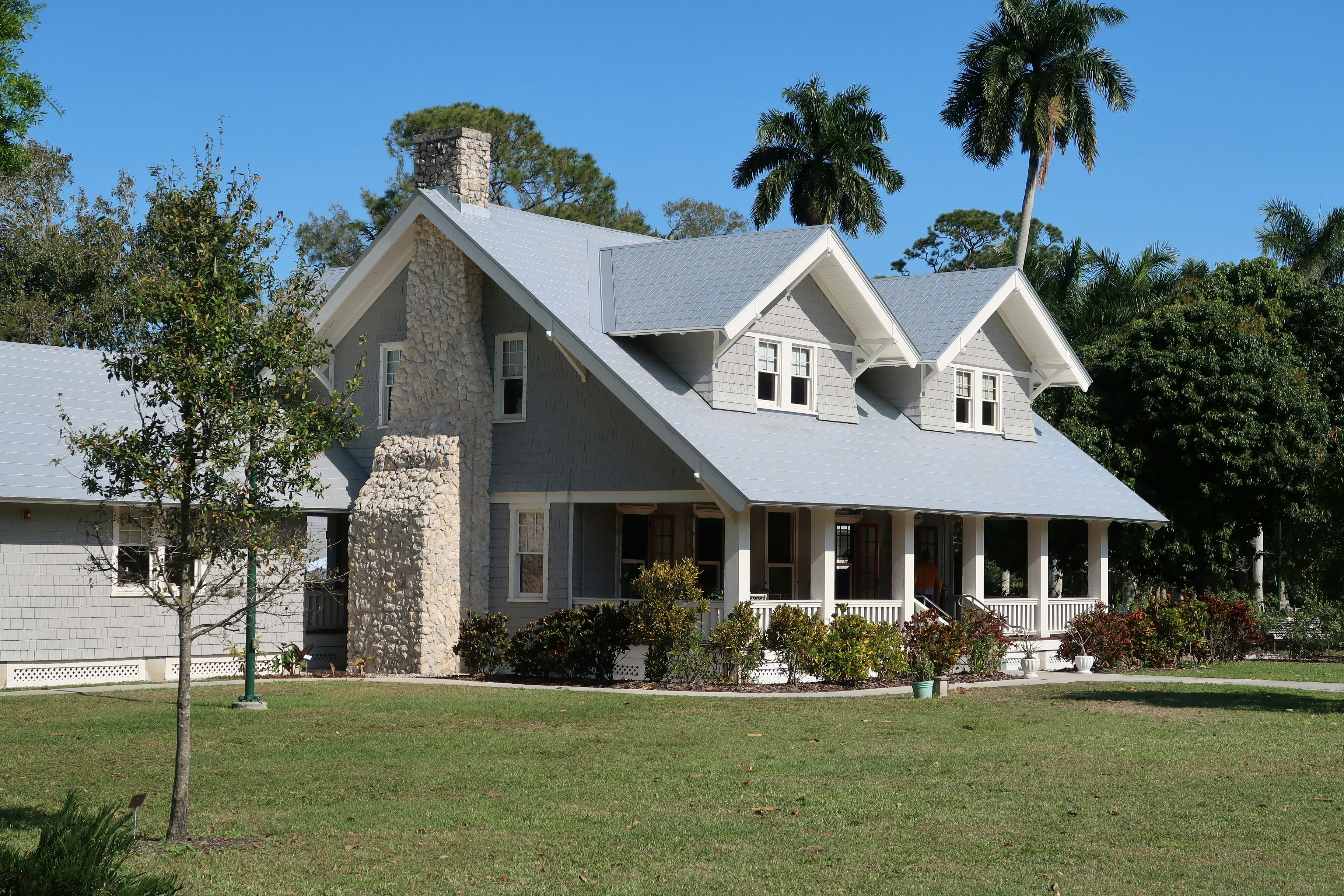
Sustainable Living in Tiny Houses: Eco-Friendly Practices
By Emily GreenPublished: January 16, 2025Reading time: 12 minutes
Reduced Carbon Footprint
Tiny houses naturally have a smaller carbon footprint due to their size. Here's how:
- Less energy required for heating and cooling
- Fewer materials used in construction
- Reduced space for accumulating unnecessary items
Energy Efficiency
Maximize energy efficiency in your tiny house:
- Use LED lighting throughout
- Install energy-efficient appliances
- Optimize natural lighting and ventilation
- Consider solar panels for off-grid capabilities
Water Conservation
Implement water-saving techniques:
- Install low-flow faucets and showerheads
- Use a composting toilet
- Collect and use rainwater for non-potable purposes
- Implement greywater systems for watering plants
Sustainable Materials
Choose eco-friendly materials for your tiny house:
- Reclaimed or sustainably sourced wood
- Recycled metal for roofing
- Non-toxic, low-VOC paints and finishes
- Natural insulation materials like sheep's wool or recycled denim
Minimalism and Conscious Consumption
Embrace a minimalist lifestyle:
- Carefully consider each purchase
- Choose quality, long-lasting items
- Repair and upcycle instead of replacing
- Participate in sharing economy initiatives
Conclusion
Tiny house living inherently promotes sustainability, but conscious choices in design, materials, and lifestyle can further reduce your environmental impact. By implementing these eco-friendly practices, you can create a home that's not only comfortable but also kind to the planet.


